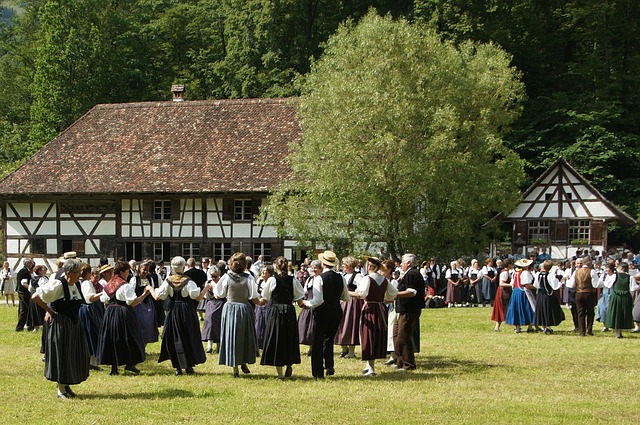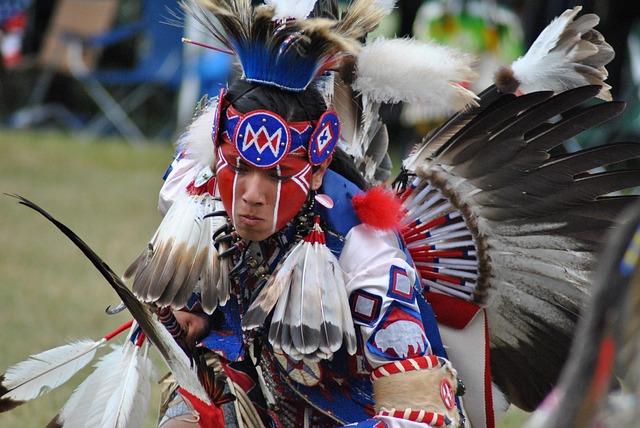Article Title:Representations of the Wutai Mountains in classical Japanese literature
Abstract:
China's Wutai mountains make scattered appearances in classical Japanese literature, but mostly outside the conventional literary mainstream. In courtly literature, Wutai is mentioned occasionally in works both in the vernacular and in classical Chinese. Medieval war tales too allude to events at Wutai, occasionally in tangential episodes added to late versions of the texts. In collections of popular didactic anecdotes one can find, for example, miraculous stories concerning Japanese pilgrims who visited Wutai. Popular song collections also include lyrics mentioning Wutai, often in lists of noteworthy mountains. Poems in Chinese by medieval Zen monks mention Wutai, some of them paying homage to Manjur, others more directly tied to Zen lore. Finally, Wutai is mentioned in noh plays, most notably in a play about a Japanese pilgrim that features a lively dance. The dance later evolved into a genre of kabuki plays. Classical Japanese literature was strongly influenced by Buddhist ideas and Wutai was well known for its association with Manjur and as a pilgrimage destination. Although one finds references to Wutai throughout classical Japanese literature, it is not as conspicuous as one might expect.
Keywords: Wutai; Godai; Manjus'ri; monogatari; setsuwa; waka; noh; and shakkyka
DOI: 10.1080/23729988.2019.1676084
Source:STUDIES IN CHINESE RELIGIONS
Welcome to correct the error, please contact email: humanisticspider@gmail.com



